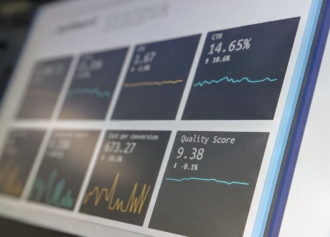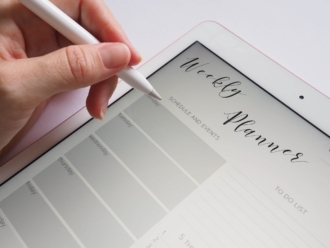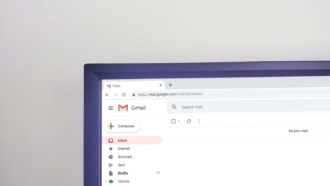Ways to be more productive using voice-to-text apps
- Preparing your priority list
- Responding to emails
- Outlining and editing articles
- Setting daily reminders
- Easily capture “aha” moments
- Learn new skills on the go
Many of us may associate voice-to-text apps with people who have disabilities. After all, not everyone is blessed with the full use of their hands and eyes. Voice-to-text apps can help these people gain independence and get things done on their own.
But this software is also gaining steam with productivity enthusiasts. When you are on the go, you can’t always type, but you can talk.
For example, when you’re in the kitchen making breakfast and packing lunches for your kids, you can use Alexa to hear the news, listen to your favorite podcast, and even go through new emails.
There are dozens of voice-to-text apps out there. If you are looking for the right software, Zapier has put together a thorough guide.
For this article, we’ll stick with the functionality you can find in the four most popular voice-to-text applications:
- Alexa
- Siri
- Apple Dictation (It’s surprising that Apple hasn’t merged this with Siri yet.)
- Google Docs Voice Typing
Here are seven ways to be more productive using voice-to-text apps:
Preparing your priority list
The most efficient workers plan out their day and prioritize their work. However, when you are juggling many demands, thoughts of how busy you are may overshadow your efforts to plan and develop a list of priorities.
Vocalizing this list instead of typing it can free up some mental RAM, save you a few minutes, and increase your productivity.
Responding to emails
This often falls to the bottom of the list. When you are working on a repetitive task that doesn’t require much brainpower, like doing the dishes or putting away laundry, you can use Alexa or Siri to review all of the emails you meant to get to. For example, you can set up your dictation tool of choice to check, respond to, delete, and archive messages. If you are waiting for a specific email from someone, you can schedule an alert to go off when it comes through.
Outlining and editing articles
If you are anything like me, you write a lot. I frequently use dictation software to speed up the process of writing articles. While I’m personally a fan of typing out the post, voice-to-text apps have been a gamechanger for both writing outlines and editing my work.
Pro Tip
Once you finish writing a post, you can use a tool like Apple Dictation to read the post back to you. You’ll be amazed at how many typos and errors you can find this way.
(Voice-to-text app doesn’t auto-generate punctuation. You need to insert that information on your own.)
Setting daily reminders
We can get so wrapped up in our work that it’s easy to drop the ball on essential things. This is where setting reminders can be useful.
I often tell myself that I will be in the gym by a particular time. But if I don’t set a reminder beforehand, it won’t happen. It’s easy for me to pull out my iPhone and tell Siri to set the alarm at 6 a.m. for the gym.
You can also set reminders for walking the dog, finishing a project before a big deadline, or taking a short meditation break. Daily reminders come up quickly and using Siri to set them up will save you time and get you right into your break.
Easily capture “aha” moments
If you’ve ever had a brilliant lightbulb moment while driving, you can relate with the struggle of desperately trying to keep it top of mind until you can write it down.
Using any dictation app can eliminate that struggle because you’re able to capture your ideas and creative moments without having to stop what you’re doing. Alternatively, in the case of driving, you don’t have to worry about putting yourself and your passengers at risk as you try to text and drive at the same time.
Learn new skills on the go
If you use Alexa, you are likely aware of all of the skills you can program into your device. One overlooked feature is asking for trivia facts or playing brain games when you have a few minutes to spare.
Here are a few prompts to try the next time you have two minutes:
- Launch this day in history.
- Ask brain facts.
- Play Jeopardy.
- Ask the question of the day.
Using voice dictation can and will continue to change the way we use our time.
But along with all of the productivity benefits of dictation software, there a few drawbacks. If you haven’t used this type of tool before, there’s a steep learning curve. It can also be awkward at the beginning, as you are mainly talking to yourself. And it might be uncomfortable if you work in an open office or use it frequently in public.
However, even with the drawbacks, it is worth experimenting with voice-to-text apps. You might be surprised by the ways they can help you be more efficient.














































































































Send Comment:
1 Comments:
More than a year ago
Thanks for sharing this app, Much needed thing